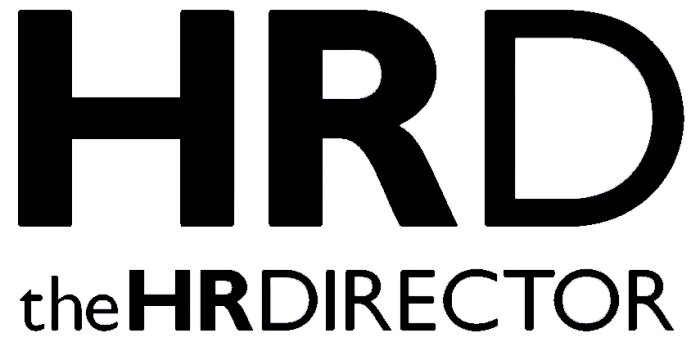Underlining the danger of job burnout, a new study of 1,085 workers finds that many employees who are highly engaged in their work are also exhausted and ready to leave their organisations.
Whereas lack of engagement is commonly seen as leading to employee turnover due to boredom and disaffection, the study finds that companies in fact risk losing some of their most motivated and hard-working employees due to high stress and burnout – a symptom of the “darker side” of workplace engagement.
It is “concerning,” concludes the study by academics working in the US, UK and Germany, “that many engaged employees suffer of stress and burnout symptoms, which may be the beginning of a pathway leading into disengagement.”
“Nearly half of all employees were moderately to highly engaged in their work but also exhausted and ready to leave their organisations. This should give managers much to think about.”
The study published in the journal Career Development International examines multiple workplace factors that divide employees into various engagement-burnout profiles. These include low engagement-low burnout (“apathetic”), low engagement-high burnout (“burned-out”), high engagement-low burnout (“engaged”), “moderately engaged-exhausted”; and “highly engaged-exhausted”.
While the largest population at 41 per cent fit the healthily “engaged” profile, 19 per cent experienced high levels of both engagement and burnout (“highly engaged-exhausted”) and another 35.5 per cent were “moderately engaged-exhausted”.
The highest turnover intentions were reported by the “highly engaged-exhausted” group – higher than even the unengaged group that might be commonly expected to be eyeing an exit.
“These findings raise a big challenge to organisations and their managements,” says study co-author Jochen Menges, University Lecturer in Organisational Behaviour at Cambridge Judge Business School. “By shedding light on some of the factors in both engagement and burnout, the study can help organisations identify workers who are motivated but also at risk of burning out and leaving.”
While previous studies had looked at engagement-burnout profiles, the new study – conducted at the Yale Center for Emotional Intelligence, in collaboration with the Faas Foundation – also focuses on demands placed on employees and resources provided to them in the workplace, and how these affect engagement and burnout.
The study – entitled “Highly engaged but burned out: intra-individual profiles in the US workforce” – is based on an online survey of employees in all 50 U.S. states. The study is co-authored by Julia Moeller of Yale University and the University of Leipzig; Zorana Ivcevic, Arielle E. White and Marc A. Brackett of Yale University; and Jochen Menges of Cambridge Judge Business School and WHU – Otto Beisheim School of Management.
The study measured engagement, burnout, demands and resources on a six-point scale ranging from such responses as “never” to “almost always” or “strongly agree” to “strongly disagree”.
For engagement, questions included “I strive as hard as I can to complete my job” and “I feel energetic at my job”. For burnout, participants were asked how often at work they feel “disappointed with people” or “physically weak/sickly”. Demand questions included “I have too much work to do”, while resources were measured by questions such as “my supervisor provides me the support I need to do my job well”.
The researchers then examined overlap of these various factors, and how they interact and influence each other, in order to draw conclusions about the different profile groups.
“High engagement levels in the workplace can be a double-edged sword for some employees,” says Jochen Menges. “Engagement is very beneficial to workers and organisations when burnout symptoms are low, but engagement coupled with high burnout symptoms can lead to undesired outcomes including increased intentions to leave an organisation. So managers need to look carefully at high levels of engagement, and help those employees who may be headed for burnout, or they risk higher turnover levels and other undesirable outcomes.”







